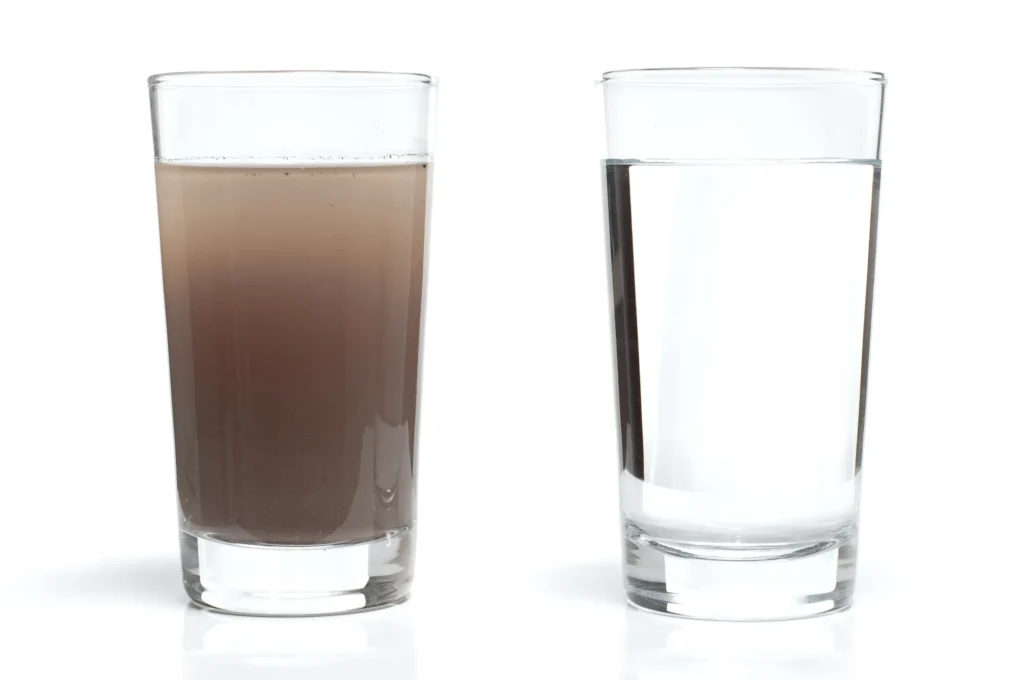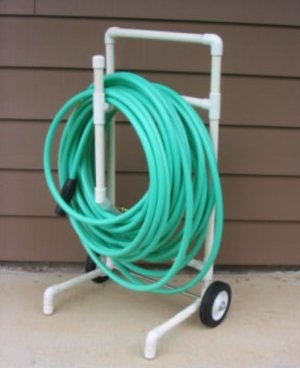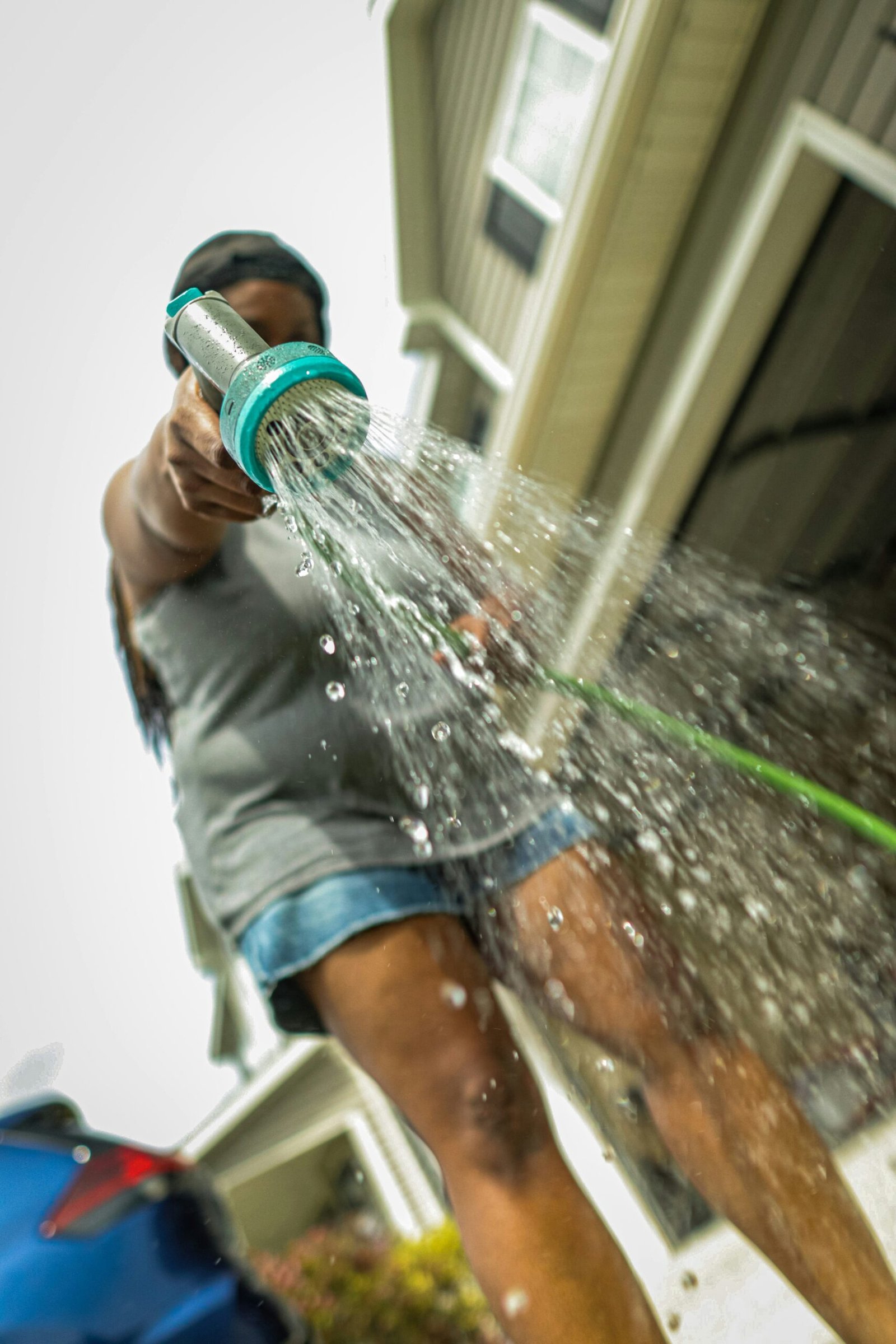Introduction: The Importance of Proper RV Water Hose Storage
Traveling with an RV offers unparalleled freedom and adventure, yet it comes with its own set of challenges. One such challenge is the efficient organization and storage of your water hose. Proper RV water hose storage is pivotal for a hassle-free camping experience. When hoses are left tangled and unsecured, it can quickly turn a serene trip into a frustrating ordeal. Tangled hoses not only consume valuable time but often result in kinks and damage, reducing the hose’s longevity.
A pristine and well-stored hose also ensures that water remains clean and uncontaminated. Inappropriate storage can expose the hose to dirt, bacteria, and other contaminants, which can compromise the water quality supplied to your RV. Consuming or using contaminated water poses health risks, underscoring the necessity of keeping hoses in optimal conditions.

Consider a scenario where improper hose storage leads to unforeseen complications. An improperly stored hose might develop leaks or cracks, resulting in unexpected water shortages or the need for urgent replacements. This not only disrupts the travel schedule but can also incur unplanned expenses. Adding to the inconvenience, hunting for a replacement in an unfamiliar locale can be both time-consuming and stressful.
In essence, dedicating attention to storing your RV water hose efficiently is a small yet significant investment in ensuring smooth, trouble-free travel. Through examining common hurdles stemming from improper storage, we can appreciate the value of this often-overlooked aspect of RV maintenance. Addressing these challenges head-on with innovative storage solutions can fundamentally enhance your camping experience, fostering enjoyment and peace of mind throughout your journey.
For any RV traveler, efficiently storing the water hose is crucial to maintaining a clutter-free and organized living space. This section will explore three simple and efficient storage solutions that can be easily implemented: hose reels, hose bags, and hose mounts. Each solution offers unique advantages and disadvantages, which we will detail below.
Hose Reels
Hose reels are a popular storage option due to their ease of use and effectiveness in keeping the hose neatly coiled. A major advantage of hose reels is their ability to extend the lifespan of the RV water hose by preventing kinks and tangles. Most hose reels come equipped with a crank handle for straightforward operation, making it easy to wind and unwind the hose. Furthermore, hose reels often feature a compact design, allowing them to fit conveniently in tight storage spaces. However, the initial investment can be higher compared to other methods, but their durability can justify the cost over time.
Hose Bags
Hose bags are another efficient storage solution, particularly favored for their affordability and portability. These bags are typically made from durable, water-resistant materials and come with handles for easy transportation. They allow the hose to be stored in a coiled manner, preventing leaks and reducing wear and tear. Hose bags are ideal for RVers who prefer a lightweight and easily storable option. However, it’s worth noting that coiling the hose manually can be time-consuming, and improper coiling can lead to kinks, potentially shortening the hose’s lifespan.
Hose Mounts
Hose mounts are fixed storage solutions that can be installed inside or outside the RV. These mounts securely hold the hose in place, optimizing space and preventing the hose from moving around during travel. This option is particularly beneficial for RVers who seek a permanent solution with minimal daily hassle. However, the installation process can be slightly more complicated and may require tools and hardware. Once installed, hose mounts provide a reliable and easily accessible storage method, contributing to a more organized RV environment.
By considering the advantages and disadvantages of hose reels, hose bags, and hose mounts, RV enthusiasts can make an informed decision on the best storage option to fit their needs. These simple yet efficient solutions ensure that the RV water hose remains in good condition and readily available for use, contributing to a hassle-free travel experience.
Step-by-Step Guide: DIY Storage Ideas for the Handy Camper
For the handy camper, creating custom storage solutions for your RV water hose can be both rewarding and practical. One of the most versatile DIY projects is building a compact hose holder using PVC pipes. This method not only ensures your hose is quickly accessible but also keeps your RV organized and free from clutter. Here’s a step-by-step guide to get you started.
To build a PVC pipe hose holder, start by gathering the necessary materials. You’ll need PVC pipes, couplings, end caps, a saw, and a measuring tape. Measure the length of your hose when coiled, and cut your PVC pipes accordingly. Once cut, assemble the pipes using the couplings to form a frame that can hold your coiled hose securely. Attach end caps to the sides to ensure the hose stays in place, and you have yourself a simple, yet effective, storage solution.

For those looking for a more advanced project, consider designing an under-RV mount system. This method maximizes space without sacrificing accessibility. Begin by selecting durable materials such as stainless steel brackets and sturdy tubing. Measure the dimensions of the space under your RV where you plan to mount the system. Securely attach the brackets to the RV frame, ensuring they can support the weight of the hose. Affix the tubing to the brackets, creating a rack where the hose can be easily stored and retrieved.
When selecting materials for these DIY projects, prioritize durability and weather resistance. PVC and stainless steel are excellent choices due to their resilience against the elements. Additionally, ensure you have the right tools for the job, including a power drill, screws, and a saw.
These step-by-step DIY storage ideas are designed to empower RV enthusiasts to take control of their storage needs. By investing a bit of time and effort, you can create customized, long-lasting solutions that make your travels hassle-free.
Maintaining Your RV Water Hose for Longevity and Safety
Proper maintenance of your RV water hose is crucial for ensuring both its longevity and your safety. One of the most basic yet important steps is regular cleaning. To clean your water hose, use a mixture of bleach and water, running it through the hose to remove any built-up residues or contaminants. This will help in preventing bacteria and mold growth, which are common issues in unchecked water hoses.
Equally important is regularly inspecting the water hose for any signs of wear and tear. Check for cracks, leaks, and any brittle sections that could lead to eventual punctures. Addressing these issues early on can save you from dealing with potential water damage or contamination during your travels. Additionally, using hose protectors on the ends can help minimize strain and prolong the hose’s lifespan.
Another key aspect of maintaining your RV water hose is proper coiling techniques. When storing the hose, avoid tight or tangled coils which can create kinks. Kinks are often the starting point for cracks and splits. Employing a hose reel can make coiling a simpler task while also aiding in consistent storage.
During the off-season, it’s imperative to store the water hose in a manner that safeguards it from extreme temperatures and direct sunlight. Both factors can degrade the material, causing premature wear. Keeping the hose in a sealed container can also prevent dirt, pests, or debris from accumulating inside.
Lastly, practice best habits to avoid common issues that can compromise the hose’s functionality. Use a designated drinking water hose to prevent contamination, and make sure to drain the hose entirely before storing it. This prevents mold and mildew from forming inside the hose. By integrating these maintenance guidelines into your routine, you can ensure your RV water hose remains in excellent condition for many more adventures to come.
Some of the links on this site are affiliate links. This means that if you click on the link and purchase the item, I may receive an affiliate commission at no extra cost to you. I only recommend products or services I use personally and believe will add value to my readers. Thank you for your support!













